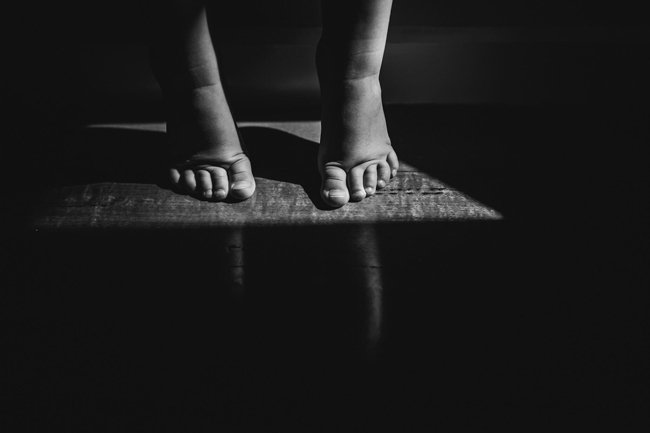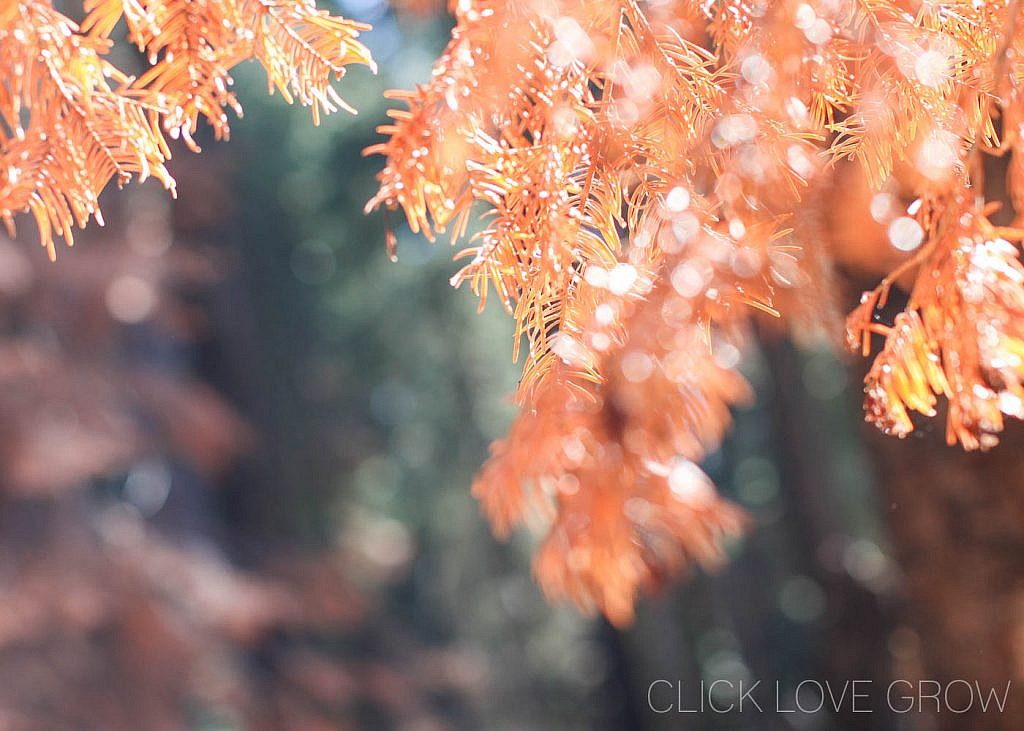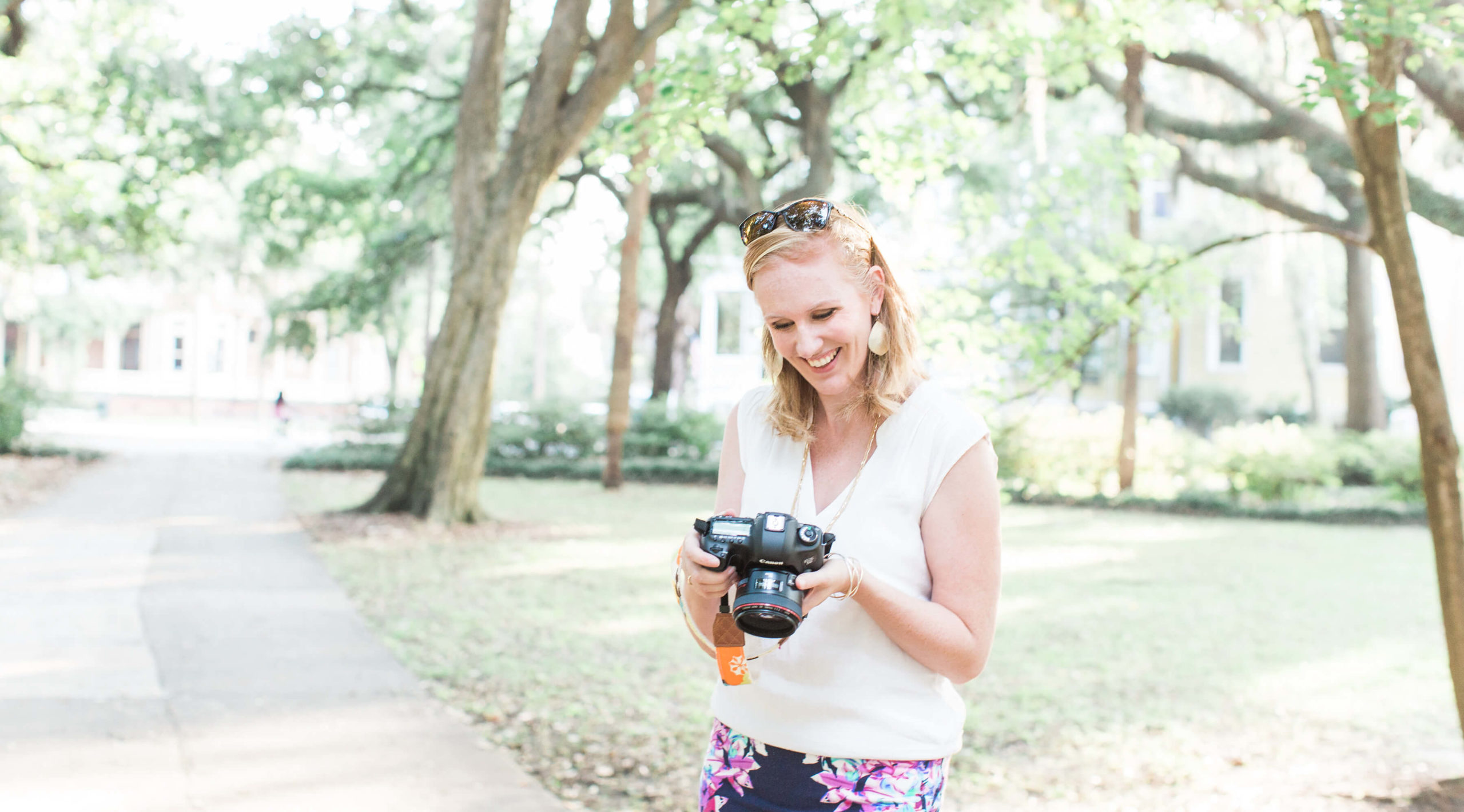4 Reasons Why You Should Upgrade Your Lens Before Your Camera Body
4 Reasons Why You Should Upgrade Your Lens Before Your Camera Body
Have you ever had that niggling feeling when you take a disappointing shot, that if you bought a new camera you could take better photos? The thing is, your lens has more affect on your photos, so we’re giving you 4 solid reasons why you should upgrade your lens before you splash out on a new camera body.
Do You Really Need a New Camera?
As you discover more about photography, the greater detail you begin to see in your images, and areas you could improve. With that comes an awareness of the limitations of your entry level equipment. From that point on, it can be oh-so-tempting to consider upgrading your entry level DSLR and buying a new camera body.
Now don’t get me wrong, I will say that if you continue to pursue photography, it’s highly likely you will outgrow your entry level camera.
You’ll naturally raise the bar of what you expect of your own photos, and as a result you’ll decide that it can’t perform to the standard you’re now aiming for. Perhaps it’s not great in really low light, or you want specific features that are only available on newer or higher end models.
When that happens, read this:
Related: Which DSLR Should I Buy?
BUT… here’s the good news. As you improve your skills and feel that yearning to take better photos, often times investing in a new lens is the answer, rather than buying a new camera… and here’s why:
1. The Lens Creates the Most Impact
An average camera body with a great lens will take a far better shot than a pro level camera body with a kit lens attached.
Why?
In terms of the artistic look of the image, the lens has more effect more than the camera body.
An upgraded camera body may have functions such as a faster burst rate (allowing you to take more shots in high speed continuous mode). It might have more focus points to choose from or video capability. But these functions don’t have a big impact on the artistic aspect of your images.
Whereas the lens controls background blur, depth of field, sharpness, creaminess, just to name a few.
So from an artistic point of view, generally speaking a camera is only as good as the lens attached to it.

2. Light is Everything
Great light will ensure beautiful photos, whether you’re shooting with a phone or a DSLR. But when taking images in limited light, your kit lens can really hold you back.
Having a lens that allows you to open your aperture up wide (small f stop numbers) allows you to let in a LOT more light to create a perfect exposure, and this is where kit lenses don’t perform well.
Their widest aperture is usually f/3.5… which isn’t bad BUT you can only shoot at this aperture when you’re zoomed out to the lenses wider focal lengths (18mm if you’re using a typical 18-55mm kit lens). As you zoom in, your aperture changes incrementally. Once you’re zoomed all the way in, you can only open up to f/5.6, which doesn’t let in a great deal of light!
Better quality lenses have a fixed aperture.
This means you can shoot at their widest aperture regardless of your focal length. This is amazing if you love to photograph portraits indoors but struggle with low light.
Your lens choice when setting your aperture to allow in more light, is a key step in improving your photos, and in this scenario it’s all the lens. Your camera body itself has no role in this specific issue.

Merissa Wakefield, Click Love Grow Instructor
3. Bokeh
We photographers love the B word! Bokeh is a very desired effect in photography, and aperture is key to creating it. Aperture as we know, is wholly the job of… you guessed it, your lens!
What is Bokeh?
Bokeh is created when light in our background is rendered into small pinpoints, and it works as a beautiful and artful background for our subjects. And such is its beauty, often bokeh can be the subject itself.
If you’re already familiar with the concept of that creamy deliciousness, and one of the reasons you’re wanting to upgrade is for better background blur, then read on!
Related: How to Take Beautiful Bokeh Photos
The Lens Affects the Bokeh
Bokeh and general blurry backgrounds are best achieved through the use of a very wide aperture, and is further helped when we shoot with our longest focal length because it creates compression which adds to the blur effect. However, as we just discussed when a kit lens is zoomed to it’s longest focal length, we lose the wide aperture setting and it reverts to f/5.6.
Dilemma! In a nutshell…
Wide aperture + long zoom = bokeh or blurry backgrounds
Your kit lens can create blurry backgrounds, but it can require you to compromise on your artistic vision.
Related: Create Blurry Backgrounds with a Kit Lens
So if bokeh and blurry backgrounds is something you want to enhance, and achieve in all different scenarios… a lens upgrade to something that opens to a wider aperture and/or has a longer focal length will allow you to achieve this! It’s important to note that whilst we recommend a long focal length because it helps accentuate background blur, it’s not essential, whereas a wide aperture is essential.

Canon 50mm f/1.2 taken @ f/2.8
4. Compatibility
If you’re currently using kit lenses, it’s possible they won’t fit your upgraded camera body and you’ll find yourself needing to invest in a new lens anyway.
Whereas if you upgrade your lens, then later on down the track you find you truly have outgrown your camera, you can upgrade the body only, which is cheaper!
Now that’s a no brainer!
Join my new workshop and learn How to Shoot Pro-Quality Photos With Your DSLR… and it’s totally FREE to join! Register here…
Download Your Lens Buying Guide
Don't know what lens you should buy next?
Use these question prompts to follow our guide to help you decide what your next lens choice should be! Pop in your details below to download the guide! Xx

Leave a Reply Cancel reply
PRIVACY POLICY & SITE TERMS AND CONDITONS
CLICK LOVE GROW ™ Pty Ltd - COPYRIGHT 2024 ©
x
Join Now
Enter your info below to join the challenge!
Want a friendly reminder when I go live?
Pop in your number and I’ll shoot you a text.
* We will send text reminders for our live calls during the challenge! Reply ‘STOP’ to end or ‘HELP’ for help.
We promise not to ever share your details with anyone or send you spam! Check our privacy policy and terms of service.
Be the first to comment